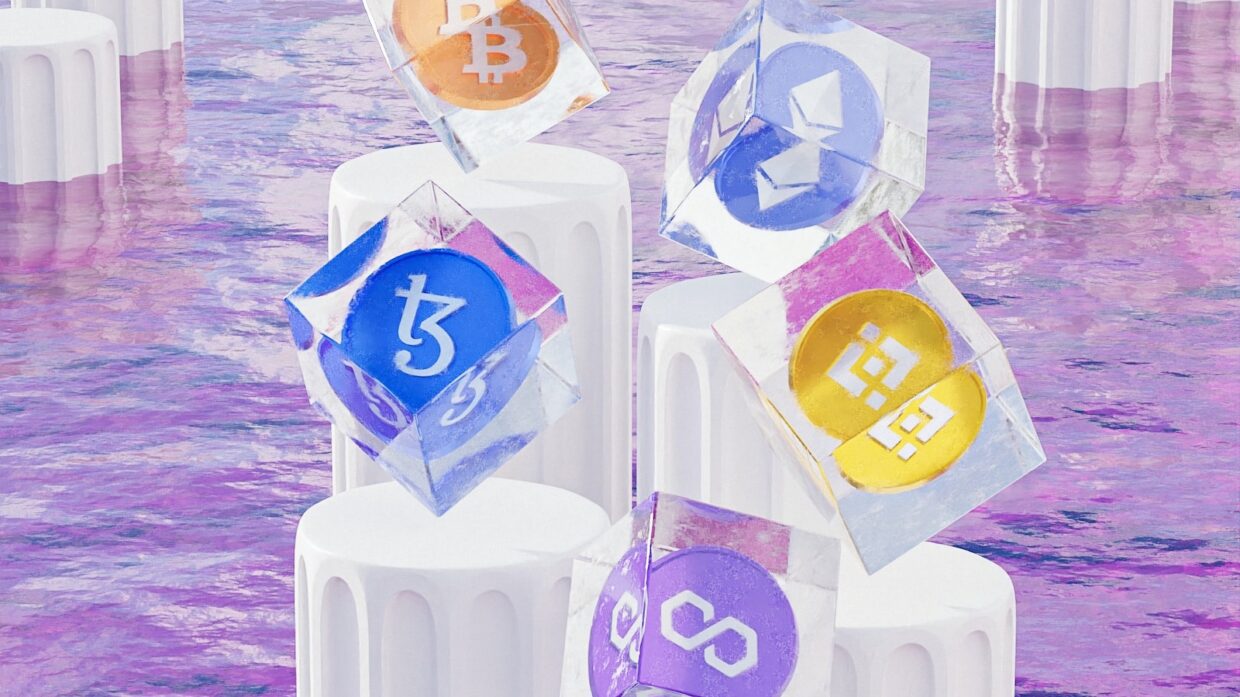Is the NFT world in terminal decline or on the verge of a rebound?
According to FUELARTS, a New York-based investment platform, 2022 was the most successful investment year for Art+Tech and NFT startups despite the much-publicized “crypto winter.” Over the course of the year, 249 young art and technology companies received $3.48 billion in cumulative investment, up from 146 in 2021.
While 2021 was the year of marketplaces (seeing more than 56 percent of investment, or $619 million, aimed at supporting trading platforms), the situation changed dramatically in the first half of 2022, with the majority of investment — 52 percent, equaling $1.35 billion — going to design studios.
Additionally, the number of analytical startups exploring the NFT market and forming indices and trading signals rapidly increased. in the second half of 2022, 20 such young companies received investment at once, compared to six in the first half of the year.
In 2022, only nine out of 249 Art+Tech & NFT startups received more than $100 million in investment — their overall investment amounted to $2.09 billion, or 60.2 percent of all investment in the sector in 2022.
The top three startups were Yuga Labs design studio (creators of the Bored Ape Yacht Club mega-collection) at $450 million, Animoca Brands at $359 million, and the OpenSea NFT marketplace at $300 million. The remaining 240 startups accounted for $1.39 billion of market share, or an average of $5.8 million per young company.
According to Denis Belkevich, co-founder and CEO of FUELARTS, special “attention should be paid to the total number of startups that received funding.” While 249 startups sets an “absolute record,” the average investment amount “has increased, as well as its median value.”
Even so, there could have been more investment in the sector. FUELARTS highlighted 33 targeted investment funds in its September 2022 report. However, only about $1.5 billion had been invested by the end of 2022 out of the $23.7 billion held by the funds. Clearly, the funds were in no hurry to devote resources, despite their obligations to investors.
Jeff Eshleman, managing director of the New York VC Amadeo Global Fund, noted that this was not suspicious as “investors want certainty,” adding, “They are equally successful at making money both in the bull and bear markets. Though they act cautiously, holding back their funds in a state of uncertainty.”
Since the FTX case, investors have “added tools to analyze the safety of their investments,” said Eshleman, providing them with “new markers for selecting startups at early stages to minimize negative outcomes.”
This indicates that investors are closely monitoring the market, observing how founders behave in stressful situations and how their business models adapt to crises, and then investing in the surviving winners. Investors may still invest or fund a startup during a recession — for example, Nifty Gateway NFT marketplace was acquired by the crypto strategist Gemini for $91 million during the last bearish market of 2018-2019.
Another 2022 trend was the massive accession of large companies to Art+Tech: eBay acquired the KnownOrigin NFT marketplace, Christie’s launched its venture fund for Art +Tech startups, and luxury group Kering began to implement NFT products in its own brands. Meanwhile, Animoca Brands moved into the category of market strategists by establishing its own incubator for the development of Web3 startups after receiving $359 million in investment. FUELARTS’ accelerator program, as well as the annual market research report of the company, attracted attention from Tezos.
From the looks of it, the existing blockchain ecosystem — which has actively entered the art industry in recent years through collaboration — is set to be replenished with new, promising players.



